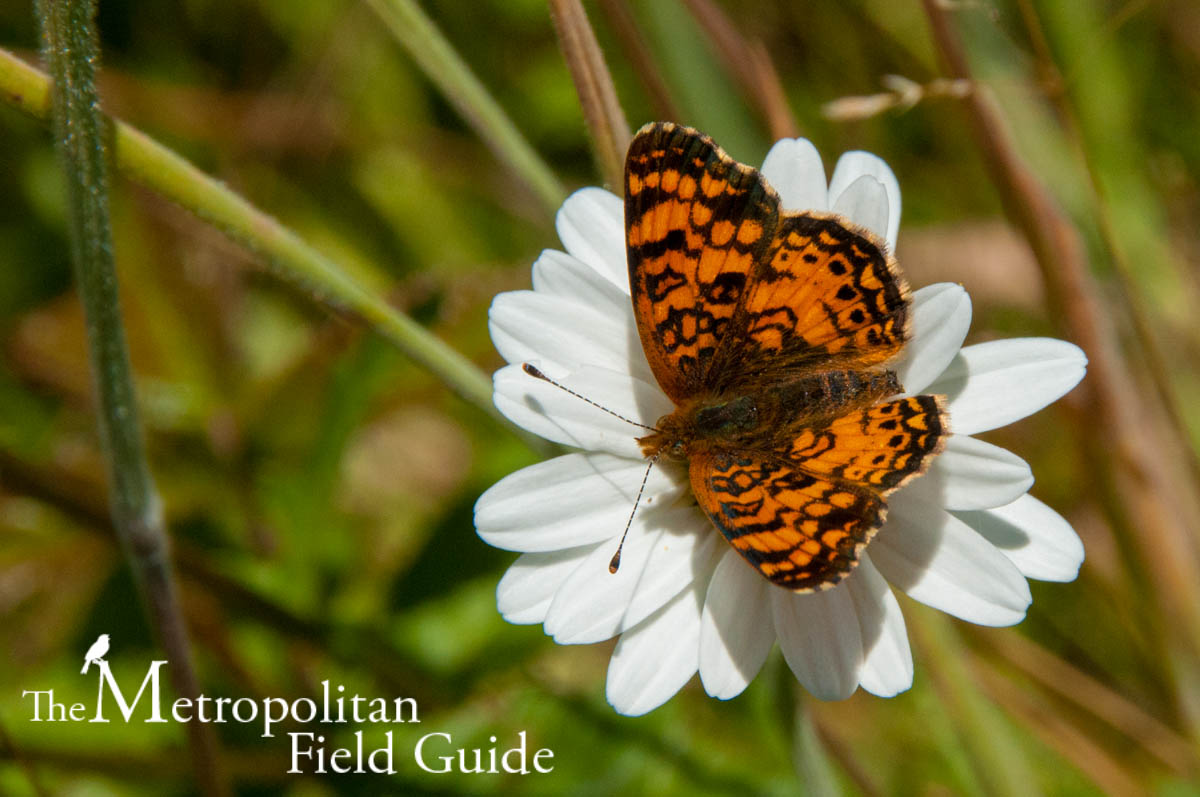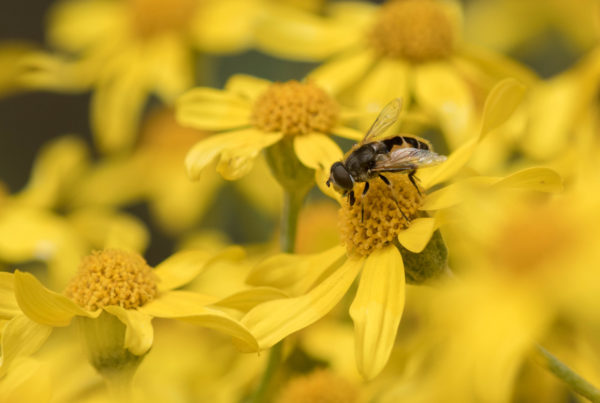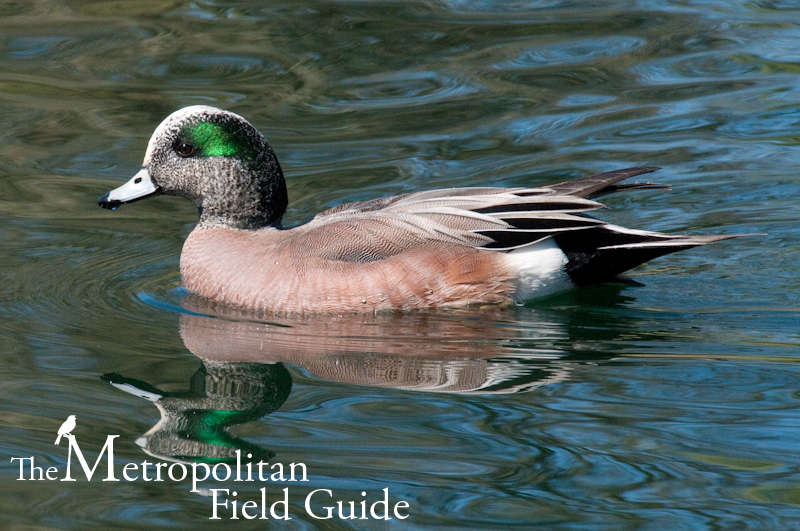Common Name: Mylitta Crescent
Scientific Name: Phyciodes mylitta
Family: Nymphalidae
The Mylitta Crescent butterfly (Phyciodes mylitta) is a common sight to the west coast of North America. Mylitta was an ancient Babylonian goddess of fertility, their name for Aphrodite and perhaps the butterfly is appropriately named because they often produce multiple broods each year.
Another urban species, like the Woodland Skipper, these butterflies are frequently found in disturbed sites such as vacant lots, roadsides and fencerows. They also can be found in fields, wet meadows, water edges, woodland openings, canyons and weedy areas. The Mylitta Crescent is a bit of a bully and will chase other butterflies away from their territory where they will stay feeding for several days. The males will patrol their choice habitat around nectar plants, often the bottom of canyons, streams or trails looking for females. They fly for a long period during the year, from spring all through the summer until fall, during which time they will produce several, overlapping broods.
The Mylitta Crescent are a smaller sized butterfly, bright orange and black in color with a checkered pattern on the top their wings, while the undersides are a more subdued orange/brown. The caterpillar is back with orange spines and they can be found in many open habitats including fields, meadows and agricultural fields. Caterpillars will eat leaves to such an extent as to skeletonize them. They can sometimes be found in silk nests and if they have not pupated before winter the caterpillars can hibernate, but in California they have be found sunning themselves on sunny winter days.
Larvae feed mostly on various species of thistles (Cirsium), both native and invasive, and for this reason they are important in combating invasive thistle species. Along with the larva of the Painted Lady butterfly, who also will feed on invasive thistles, they can help control Cotton and Musk thistle. This is doubly important because native thistles may not be adequately pollinated if native pollinators prefer the invasive thistle. Among species that frequent both native and invasive thistles are other butterflies such as the Tiger Swallowtail and the Painted Lady as well as flies, beetles and wasps. Larvae will also feed on Seep Monkeyflower (Mimulus guttatus).
Some of their preferred nectar plants are composite flowers including Goldenrod (Solidago canadensis), Pearly-everlasting (Anaphalis margaritacea), Common California Aster (Symphyotrichum chilense), Seaside Fleabane (Erigeron glaucus) and hawkbit a British wildflower.








One Comment